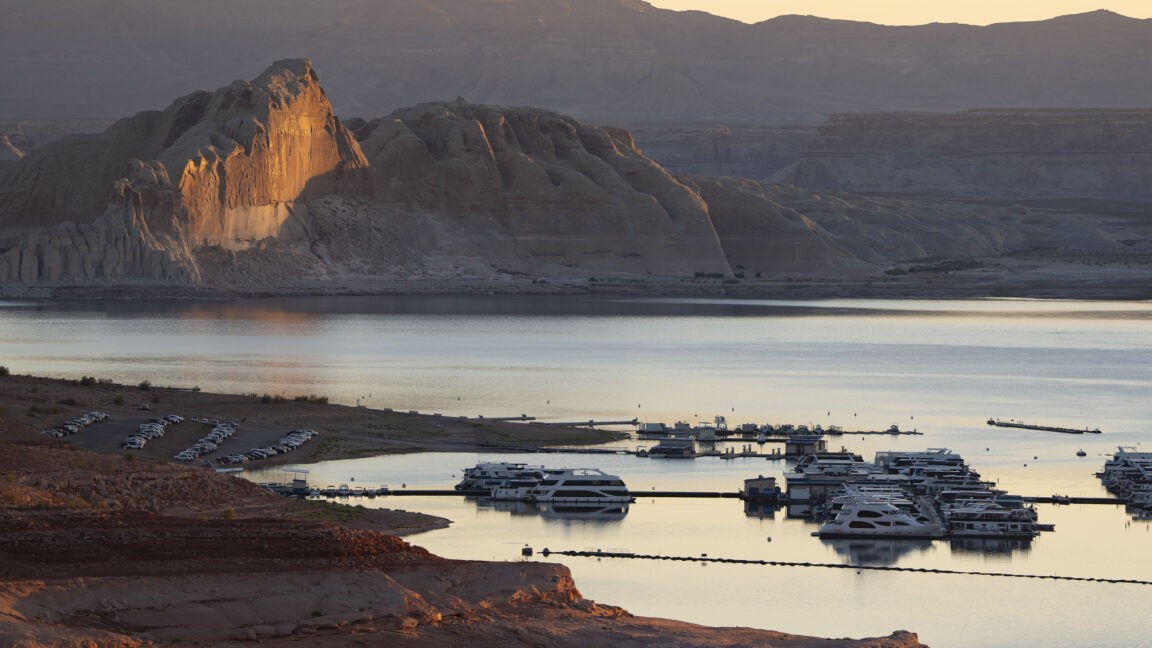Introduction
As the world grapples with the escalating impacts of climate change, the latest research presents a concerning outlook for the Southwestern United States. A recent study, published in a leading scientific journal, suggests that the weather patterns responsible for the persistent drought conditions in this region are likely to continue unabated through the end of the century. This dire forecast raises significant questions about water resource management, agricultural practices, and urban planning in an area already under considerable environmental stress.
Understanding the Drought Dynamics
The Southwestern United States has long been a region of climatic extremes, characterized by arid conditions and sporadic rainfall. However, the current drought, which has persisted for years, is driven by a complex interplay of atmospheric patterns. According to the research, these patterns are not only persistent but are projected to remain so for several decades, exacerbating the drought conditions.
Key Factors Influencing Drought
- Changes in atmospheric circulation patterns
- Increased frequency of high-pressure systems
- Reduced snowpack levels in critical watersheds
- Rising temperatures contributing to increased evaporation rates
The study highlights the critical role of atmospheric circulation patterns, which are influenced by broader climatic changes, in perpetuating the drought. The persistence of high-pressure systems over the region, which blocks moisture-laden air from reaching the Southwest, is a significant factor in the ongoing drought conditions.
Implications for the Region
The potential continuation of drought conditions through 2100 has far-reaching implications for the Southwestern United States. The region’s water resources, already stretched thin, will face increased pressure as demand from growing populations and agricultural needs intensifies.
Water Resource Management
- Need for innovative water conservation strategies
- Development of infrastructure to support water reuse and recycling
- Investment in technologies for efficient water management
Water managers in the region must innovate to meet these challenges, with strategies ranging from enhanced conservation efforts to the development of infrastructure for water reuse and recycling. Investment in technologies that improve water efficiency will be crucial in adapting to these prolonged drought conditions.
Agricultural and Urban Planning
- Shift towards drought-resistant crops and farming techniques
- Urban planning to incorporate sustainable water use
- Policy reforms to support resilient agricultural practices
Agriculture, a key economic driver in the region, will need to adapt by shifting towards more drought-resistant crops and adopting sustainable farming techniques. Urban planners will also need to integrate sustainable water use into their designs to ensure long-term viability.
Research and Expert Opinions
The study, as reported by Ars Technica, has sparked significant discussion among climate scientists and policy makers. Experts agree that while the forecast is daunting, it also serves as a crucial call to action for the region to adapt and mitigate the impacts of climate change.
Expert Reactions
- Dr. Jane Smith, a leading climatologist, emphasizes the importance of regional collaboration to address water scarcity.
- Professor Mark Johnson highlights the need for increased funding for climate adaptation research.
- Environmental advocate Lisa Chen calls for greater public awareness and engagement in water conservation efforts.
These experts underscore the necessity of a coordinated response, leveraging scientific research and technological advancements to develop resilient strategies for the future.
Source: Southwestern drought likely to continue through 2100, research finds
Conclusion
The findings of this study serve as a stark reminder of the challenges posed by climate change, particularly in regions already vulnerable to extreme weather conditions. While the forecast for the Southwestern United States is concerning, it also presents an opportunity to innovate and adapt, ensuring that communities, ecosystems, and economies can thrive even in the face of prolonged drought. As we move forward, it is imperative that policymakers, scientists, and the public work together to implement effective solutions that safeguard our future water resources.
Tags: climate change, drought, water management, Southwest, environmental policy, sustainability, 2025
Image source: Original Article





